
We’re all used to remote work now. But who says we have to work from the same old place we’ve always lived? Why not take the plunge and move to that dream destination?
First off, if you’re thinking about moving abroad, make sure you have a job or enough money to survive for at least six months before you go. No one wants to be stuck outside their home country without access to shelter or food (or beer). Second, you’ll probably want a quality of life that aligns with how you currently live. Do you have children who need to attend school? Are you looking for an urban existence close to culture? Or do you prefer the quieter side of life in the country?
This, of course, will all depend on many factors, including your work situation, finances (including a solid retirement plan), health care, and other needs overseas. There’s no perfect way to create a broad list for the multiplicity of specific personal situations out there. We can, however, provide you with some of the best places in the world to settle for a few months and let you sort through what fits. These are the 11 best places for expats to live and work abroad.
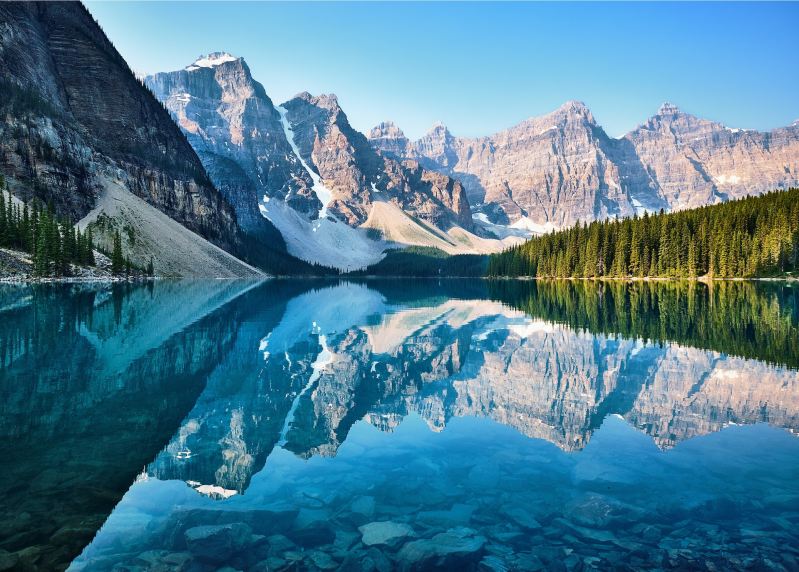
Canada
Our neighbors to the north are an ideal pick for anyone looking for one of the best places for expats to live. It’s an easy move, given the prevalence of English speakers, a similar culture and societal structure, and the fact that it’s geographically right next door. In many ways, it feels almost identical to the United States. But, most importantly for expats looking to move abroad, it has a lower cost of living.
The diversity of landscape is among the widest in the world (not surprising, given that it’s the second-largest country on the planet). Expats have their pick. Toronto and Montreal are hopping metropolises with thriving downtown cores and unique vibes. Calgary is a bit more affordable, and it’s right next to the Rocky Mountains, with endless outdoor recreational opportunities. Vancouver offers city living with close proximity to both the mountains and the ocean. Finally, the Atlantic Provinces provide a slower pace of life, akin to living in Maine or any other charming coastal town.
For Americans, the immigration process is relatively straightforward, but it does require a bit more effort and patience than some other countries on this list. But, if you’re looking to move to one of the cleanest, most beautiful, and most hospitable countries in the Western world, it’ll be worth the wait.
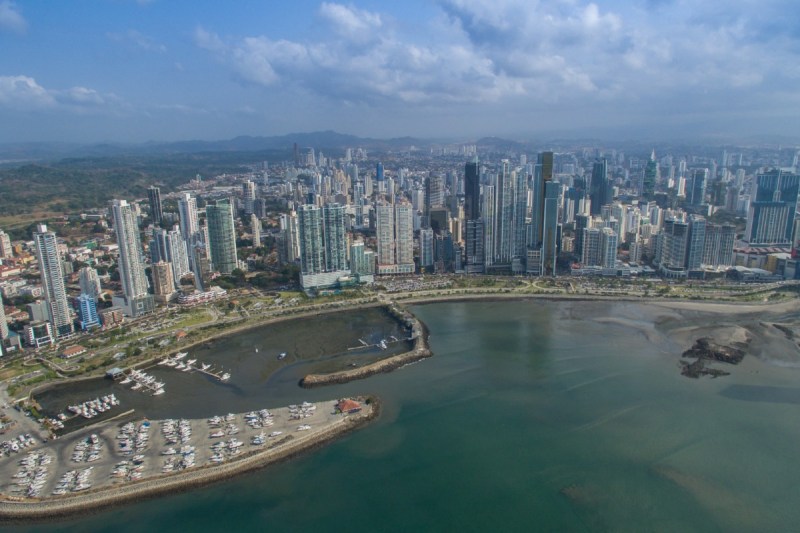
Panama City, Panama
With Mexico and Costa Rica often labeled as the Latin American places to go, there’s a less visited land to the south: Panama. Direct flights from at least nine major U.S. cities land in its capital city. Add to that a tropical climate, low crime, an advantageous tax system, a happening downtown, and an excellent culinary scene, and Panama City isn’t a bad place to be.
Only a two-hour flight from Miami, the city is often described as an inexpensive version of the South Floridian hub. There are salsa clubs, rooftop bars, Michelin-starred food, and great street eats if you’re going cheap.
When you’re tired of urban life, you’ll find an endless strand of Pacific and Caribbean beaches, and thousands of accessible islands, plus interior highlands that include cloud forests, a volcano, mountain summits, lakes, and rivers. Amid these unspoiled natural sanctuaries is an incredible biodiversity of flora and fauna not found anywhere else in the world.
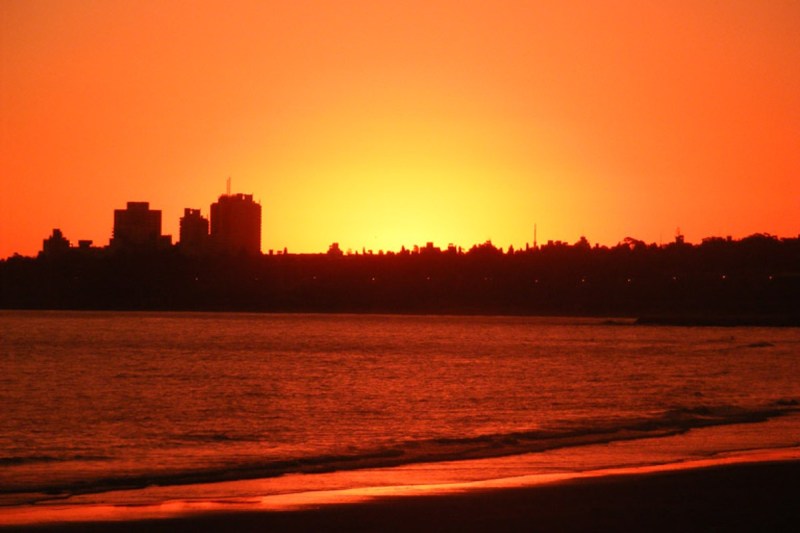
Montevideo, Uruguay
If it’s a relatively quiet city with a high quality of life and excellent culture, Uruguay’s capital is a good choice. There’s a sunny Latin scene to dive into, and with beaches nearby, there are a number of places to explore and enjoy inside and outside the city.
If you’re a meat eater, the city’s parrillas (grills) are worth weeks of taste testing. Museums and parks abound, and the 13-mile rambla (coastal promenade) offers hours of strolling. For digital workers, Wi-Fi hotspots are aplenty, health care is accessible, and there are a number of cute cafes to while away your afternoons in. In your off time, there are music options and a thriving local craft beer and cocktail scene.
Dinner is served late (beginning around 9 or 10 p.m.), but that just means restaurants will often be uncrowded around 6 or 7 p.m. Afterward, Uruguay’s musical traditions shine, from candombe to tango and murga.
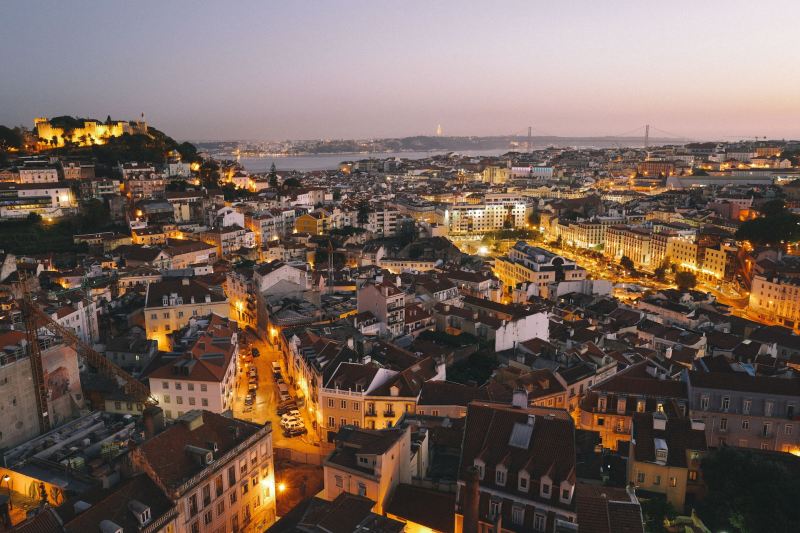
Lisbon, Portugal
Europe is loaded with a wonderful variety of towns and regions for expats who want to live and work overseas. None might be more popular right now than Lisbon, Portugal. With a huge population of expats, young people, cheap and tasty food and drink, safe streets, and desirable weather, it’s easy to see why.
Public transit is ubiquitous and affordable, the city is walkable, and there are edible influences from all over the world, from Italian to Austrian, Argentine to Japanese, and Peruvian to Nepalese. The food’s affordable and will only run you about $20 for a good dinner and $2 to $3 for a beer or wine. Lisbon is also a unique coastal town that offers over 300 days of sunshine a year and temperatures that rarely drop below 60 degrees Fahrenheit.
On the downside, because of its booming popularity, rent can be expensive in Lisbon, and the city is not called “the San Francisco of Europe” for nothing. It can be a hilly place to navigate, too.
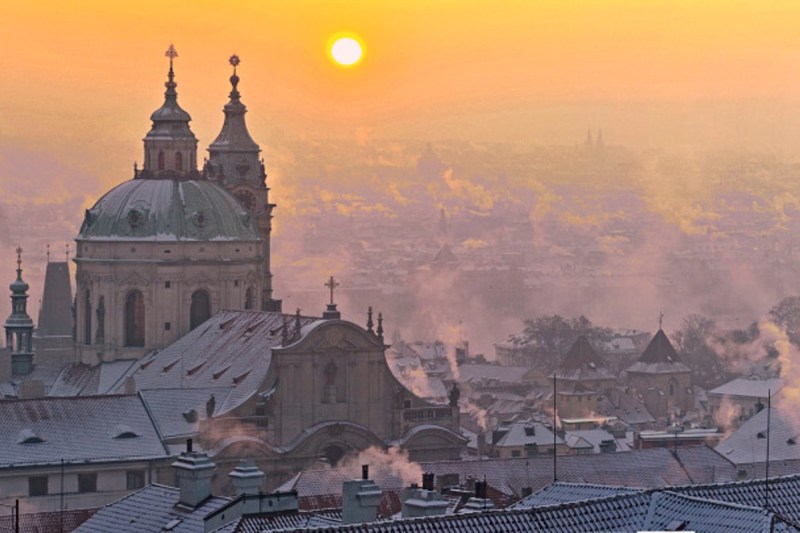
Prague, Czech Republic
For four seasons, a view of Old World Europe, and a central continental location with easy access to other countries by train, you can’t beat Prague. Reasonably priced, filled with expats, steeped in culture (as one of the few European cities not destroyed or damaged during WWII), and featuring excellent mass transit, the City of a Hundred Spires is an attractive option.
Cafes and coffee shops sit and wait for you to arrive and people-watch behind your laptop. There are pubs, attractions, historical monuments, museums, sports, and more to keep you engaged for weeks (or longer). If you ever do get bored or need a break, Germany, Poland, Austria, Slovakia, and Hungary are all just an easy train ride away.

Crete, Greece
Secluded yet close by, connected by Wi-Fi yet echoing bygone times, Crete is an exciting option for those willing to take the leap. What you’ll find on this Mediterranean island is sunshine, a slower pace of life, and good value. What you won’t find is people in a hurry — expats and locals alike.
Nomads have long established themselves on the largest Greek island, settling in for Crete’s unmatchable mix of yellow sun, blue sea, marble ruins, and green-covered villages. And the food is an almost endless expanse of fresh meat, cheese, and olives.
Just like any island, food and other staples can get expensive. Crete is not built for speed, so you’ll have to be patient. What you’ll find, though, are welcoming people, fast friends, and an easy pace to enjoy an ancient paradise.
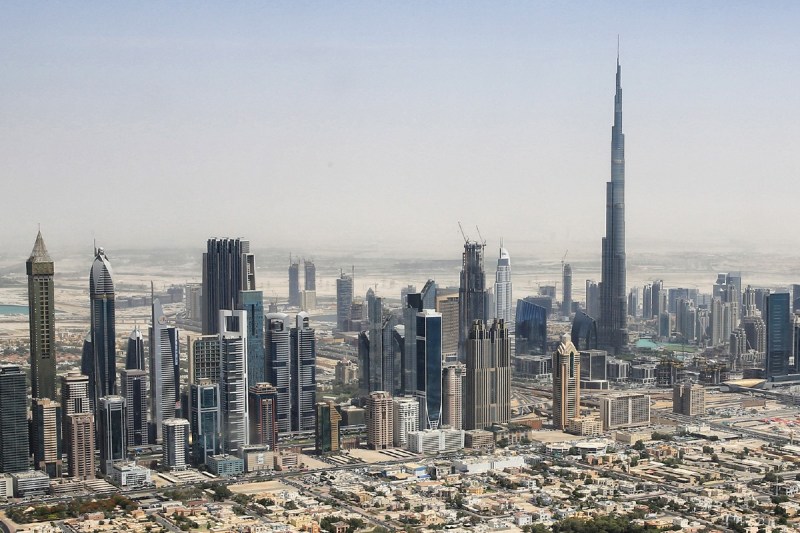
Dubai, United Arab Emirates
One point of moving away from one’s country is to forge fresh vistas. There are few places in the world as scrubbed, shiny, and sparkling new as Dubai. Sitting on the eastern edge of the Persian Gulf, Dubai is one of the most visited cities in the world. It’s a fantastical Arabian town with a fairy-tale-meets-futuristic skyline towering over its rich harbor. Now it’s driven more by luxury shopping and wealth, and you’ve likely seen pictures and videos of its ultra-modern architecture, stratospheric glass towers, palm-leafed carvings out of the sea sand, and lively, multicolored nightlife scene.
Capping this desert vista is Burj Khalifa, a 2,721-foot tall tower. At its base sits the Dubai Fountain, which shoots jets and strobes spotlights choreographed to music like the Arabian Bellagio. Like its flashy Las Vegas cousin, Dubai’s restaurants serve up world-class fares, and there are excursions to offshore artificial islands that include Atlantis and The Palm. Like an adult theme park, there are at least a hundred things to do for everyone.
While you can enjoy a drink in the city emirate’s private clubs and restaurants, public drinking is strictly prohibited and carries a heavy fine. For English teachers, entrepreneurs, and anyone else doing business in Dubai, there’s no income tax, and salaries tend to be high. Life is sweet, but it ain’t cheap in the business hub of Western Asia.
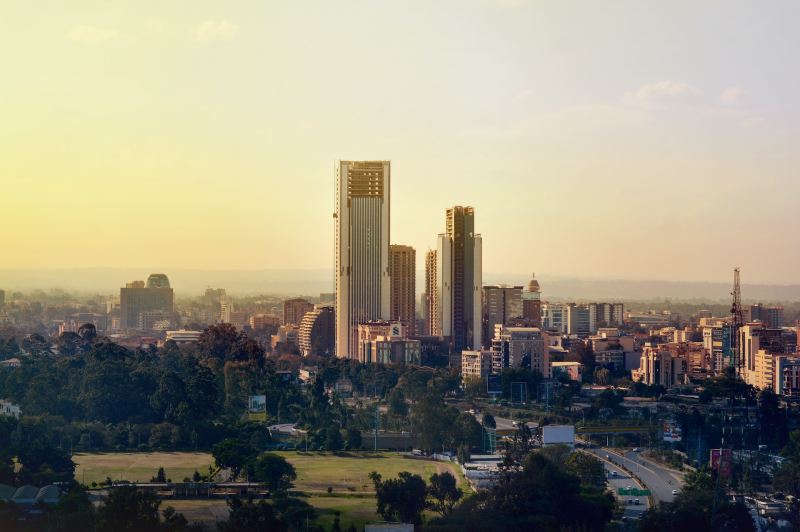
Nairobi, Kenya
For those seeking a truly exciting alien world where the language remains English, Nairobi is quite the choice. There’s no end to new things to soak in while situated in the capital of Kenya, on the edge of the bush. It’s a modern capital, complete with skyscrapers rising over former colonial British streets. Often ranked as the top African city for expats, an emerging middle class and established business climate offer an encouraging atmosphere for new residents to quickly build a healthy social life and enjoy Nairobi’s vibrant nights.
Alongside affordable housing, however, visitors will have to be more vigilant about their own safety than in many other places. The roads and infrastructure are creakier than most of its Western cousins, and the business environment is going to offer more blatant corruption. Still, there are few places in the world where you can spot a giraffe on that same vista with the Nairobi National Park close enough to abut man-made civilization.

Tbilisi, Georgia
Though Tbilisi is a bit off the beaten path for some, two things make the Georgian capital city stand out: Inexpensive living and a lack of visa requirements. That’s right: You can stay for 365 days without any hassle.
Tbilisi is an ancient city as buildings hundreds of years old can profess. There are festivals throughout the year and options for a wide variety of musical entertainment, from classical concerts to techno clubs. Abundant hiking trails, parks, and lakes offer plentiful options for nature lovers, and speedy trains provide easy access to the nearby mountains and the Caspian and Black Seas.
Because of its remoteness, food and groceries can get costly in Tbilisi. Formerly communist buildings contain aged appliances and don’t always have heat. Still, the food is tasty, the rent is cheap, and Georgia’s people are ready to welcome adventurers from far shores.
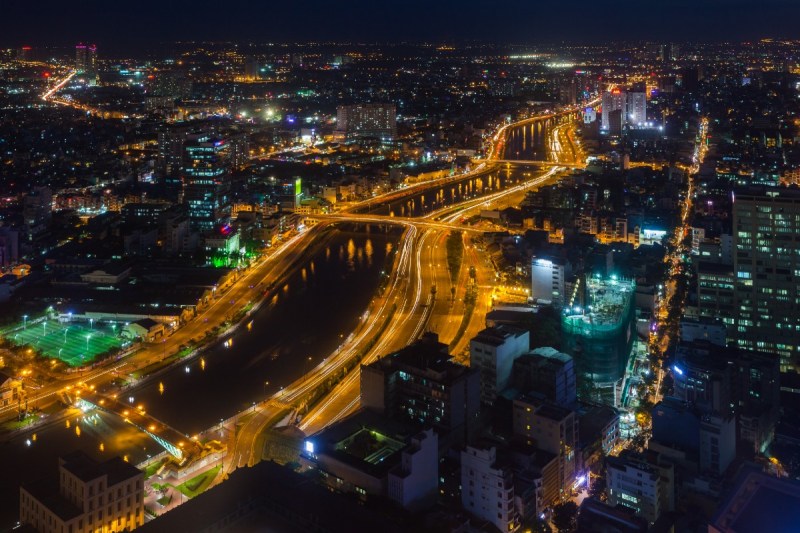
Ho Chi Minh City, Vietnam
If you’re looking for cheap, tropical living in one of the world’s wildest metropolises, Ho Chi Minh City is your spot. Few places in the world offer the sheer amount of stimuli and sensory submersion as Vietnam’s vibrant capital.
Bustling, dirty, and loud, Ho Chi Minh City stuffs nine million people into the southeastern Saigon River delta. On this side of Vietnam, you’ll find local open doors and another 100,000 fellow expats, all there where their dollar stretches across a spectacular and sprawling culinary and cultural spread. Find noodle stews and Buddhist temples and experience incredible shows and outdoor sites. And when you get bored or need a change, Thailand, Cambodia, Malaysia, and even Australia are just a hop, skip, and jump away.
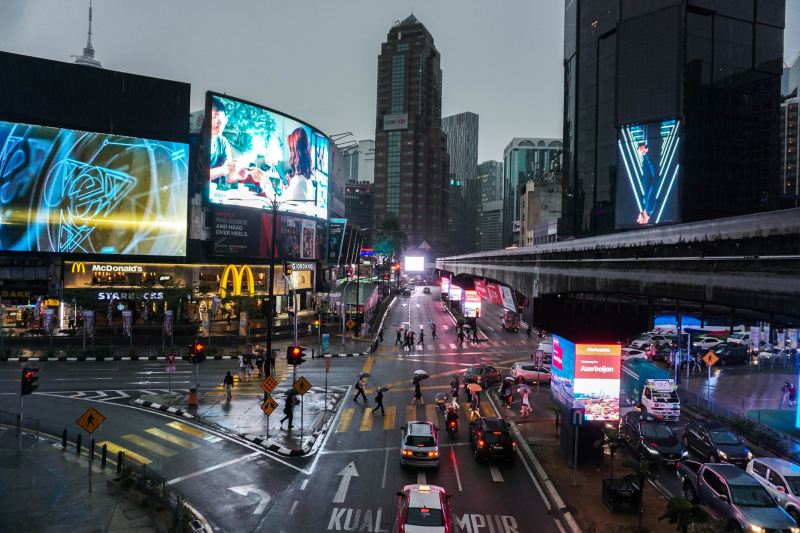
Kuala Lumpur, Malaysia
Another hot spot that has made many “best of” Expat lists, Kuala Lumpur is overall one of the fastest-growing Southeast Asian megacities and Inter Nations’ top 2021 city for expats to live. Covering 94 square miles, the city houses two million people and over eight million in the greater Klang Valley.
The capital of Malaysia, Kuala Lumpur’s stunning streets are colored by an abundant culture and tropical landscape. Rich in natural reserves, Malaysia’s largest city is a prosperous tourist and retail hub after only officially becoming a city in 1972. In some ways, the city is the daylight version contrasting Ho Chi Minh’s neon lights.
There’s ubiquitous English spoken, clean streets, great shopping, stellar food (especially on the streets), and cheap living. There’s little crime, the beach is close by, and temples, galleries, and hills all await wandering feet.
What are you waiting for? Get out there and explore!



